The Chevrolet Camaro Z/28 is a legendary nameplate in the muscle car world, representing the pinnacle of performance and style for many car enthusiasts. First introduced in the late 1960s, the Z/28 has seen multiple iterations over the decades, each with its own unique appeal and value. Today, the Z/28 holds a significant place in automotive history, and its allure continues to captivate collectors and enthusiasts alike as they explore its storied past and assess its worth in the current market.
The Birth and Evolution of the Z/28 Camaro

Introduced in 1967, the Chevrolet Camaro Z/28 was designed with a singular purpose: to compete in the Trans-Am racing series. The Z/28 was the brainchild of Vince Piggins, a Chevrolet engineer who aimed to create a Camaro model that could dominate the track. With a high-revving 302-cubic-inch V8 engine, the Z/28 was capable of delivering impressive power, while its lightweight construction and superior handling made it a formidable contender in the racing world. This initial release laid the foundation for what would become a highly revered model in the Camaro lineup.
The first generation of the Z/28 set itself apart with distinctive features such as dual stripes running the length of the car, a cowl-induction hood, and a sport-tuned suspension system. These attributes not only enhanced the car’s performance but also solidified its status as a symbol of American muscle. As the model evolved through the early 1970s, Chevrolet made several enhancements, including the introduction of a larger 350-cubic-inch engine, which further boosted the car’s power and appeal. Despite these improvements, the Z/28 maintained its core identity as a performance-focused vehicle, always pushing the boundaries of what a Camaro could achieve.
The Hiatus and Revival of the Z/28

The late 1970s marked a turbulent period for the Z/28, as the muscle car era began to wane amid increasing environmental regulations and changing consumer preferences. By 1975, the Z/28 was temporarily discontinued, leaving its fans yearning for a return. The absence was felt deeply among enthusiasts who had come to admire the model’s unabashed focus on performance. However, Chevrolet would not let the Z/28 fade into obscurity for long.
The Z/28 made a triumphant return in the 1980s, reintroduced with a renewed focus on modernity and performance enhancements. This era saw the incorporation of more advanced engineering techniques, including fuel injection and improved aerodynamics. The 1984 Z/28, for instance, featured a redesigned body that offered better stability and handling, ensuring it remained competitive in a rapidly evolving automotive landscape. The model continued to evolve, with various iterations appearing throughout the decade, culminating in a version that appealed to both traditionalists and new fans alike.
The 2010s saw yet another revival of the Z/28, with the fifth-generation model launching in 2014. This iteration was a true homage to its racing roots, boasting a 7.0-liter LS7 V8 engine, carbon-ceramic brakes, and a track-tuned suspension. Despite its brief production run, from 2014 to 2015, this modern Z/28 captured the essence of its predecessors while integrating contemporary advancements, solidifying its place in the annals of Camaro history.
Current Market Value and Collectibility

Today, the value of a Z/28 Camaro is influenced by several factors, including its condition, rarity, and historical significance. The earliest models, particularly those from the late 1960s, are highly sought after due to their limited production numbers and classic appeal. A pristine 1969 Z/28, for example, can fetch upwards of $100,000 at auction, depending on its provenance and any unique features it may possess.
Recent auctions have showcased the increasing demand for these iconic vehicles, with some models commanding impressive prices. For instance, a 1967 Camaro Z/28 recently sold for over $150,000, highlighting the model’s enduring appeal among collectors. Models from the 1980s, while generally more affordable, are also seeing an uptick in interest as younger enthusiasts seek to acquire a piece of automotive history without breaking the bank.
The potential for appreciation remains strong, particularly as the market for classic cars continues to grow. The Z/28’s storied history and racing pedigree make it a prime candidate for future value increases, as collectors and enthusiasts alike recognize its significance in the evolution of the muscle car. As demand for these models rises, so too does the likelihood that they will become even more valuable in the years to come.
Comparing the Z/28 to Other Camaro Models

In the realm of Camaro variants, the Z/28 stands out for its performance-oriented design and racing heritage. Unlike the SS or RS models, which often emphasize a balance between comfort and power, the Z/28 is unapologetically focused on delivering an exhilarating driving experience. Its lightweight construction, combined with a high-performance engine, results in a vehicle that is both nimble and powerful, making it a favorite among enthusiasts who prioritize speed and agility.
The Z/28’s cultural and historical impact cannot be overstated. From its early success in Trans-Am racing to its continued popularity in the collector car market, it has carved out a unique niche in the automotive world. Its reputation as a track-ready machine has been reinforced by its appearances in popular media, further cementing its status as a cultural icon. The Z/28’s legacy is not only defined by its performance but also by the passionate community of fans and owners who continue to celebrate its achievements.
Ownership of a Z/28 offers a distinct experience compared to other Camaro models. The vehicle’s performance capabilities demand a certain level of expertise and commitment from its owner, particularly when it comes to maintenance and care. While owning a Z/28 can be more demanding than other Camaro variants, the rewards are equally substantial, offering a driving experience that is both thrilling and deeply connected to the model’s storied past.
The Legacy of the Z/28 Camaro

The influence of the Z/28 on modern muscle cars is undeniable. Its focus on performance and handling has inspired subsequent generations of vehicles, encouraging manufacturers to prioritize these elements in their designs. As a result, the Z/28’s legacy can be seen in contemporary muscle cars that continue to push the boundaries of what is possible on the road and the track.
In popular culture, the Z/28 has achieved iconic status, making appearances in films, television shows, and even video games. These portrayals have helped to elevate the model’s profile, ensuring that it remains a beloved figure in the automotive world. The Z/28’s impact on popular culture is a testament to its enduring appeal and the fascination it continues to inspire among fans of all ages.
The enthusiast community surrounding the Z/28 is vibrant and dedicated, with numerous clubs and online forums where owners and fans can share their passion for the model. These communities play a crucial role in preserving the Z/28’s legacy, providing a platform for enthusiasts to exchange knowledge, showcase their vehicles, and celebrate the rich history of this iconic Camaro variant. Whether through organized events or digital gatherings, the Z/28’s fan base ensures that its legacy will endure for generations to come.
Like Fast Lane Only’s content? Be sure to follow us.
Here’s more from us:
*Created with AI assistance and editor review.

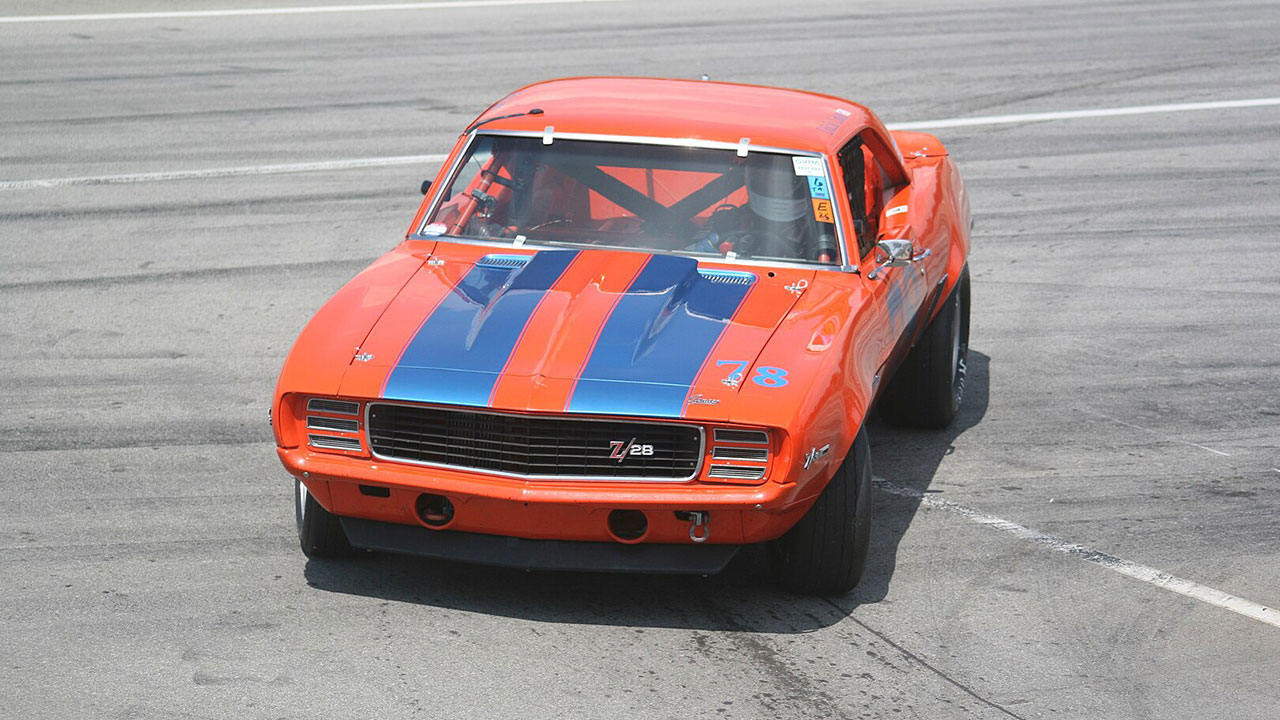
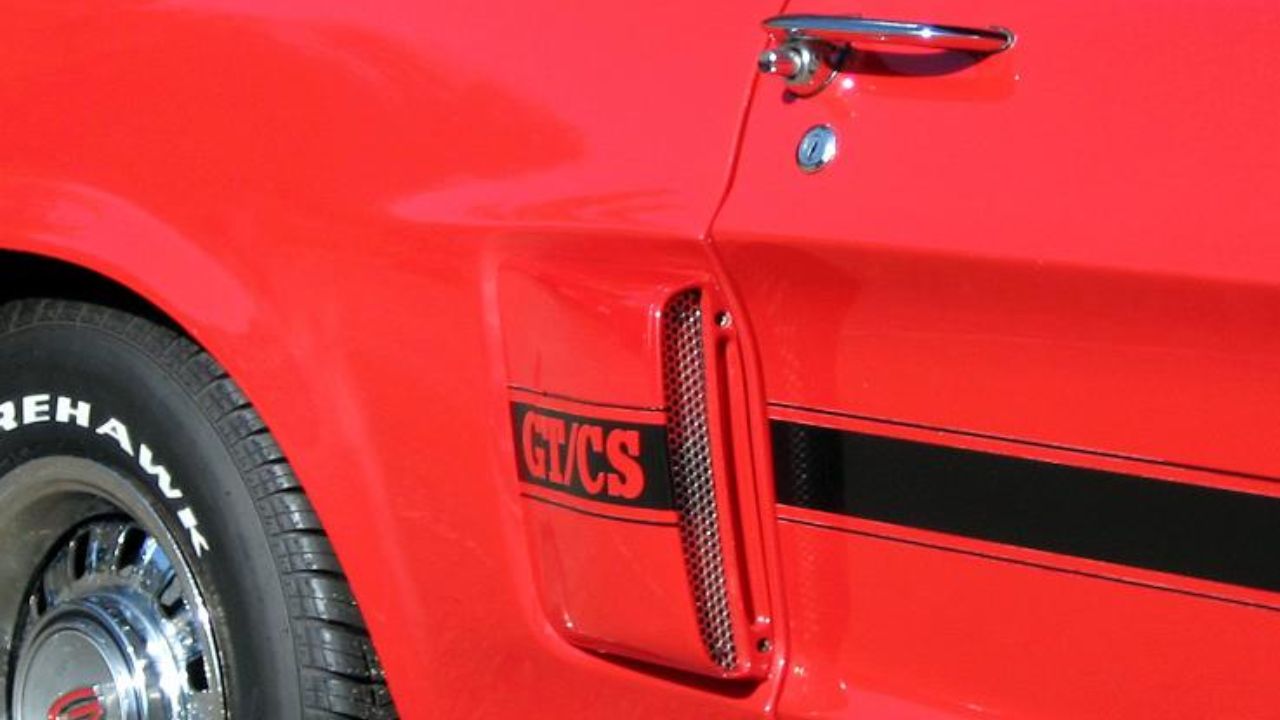
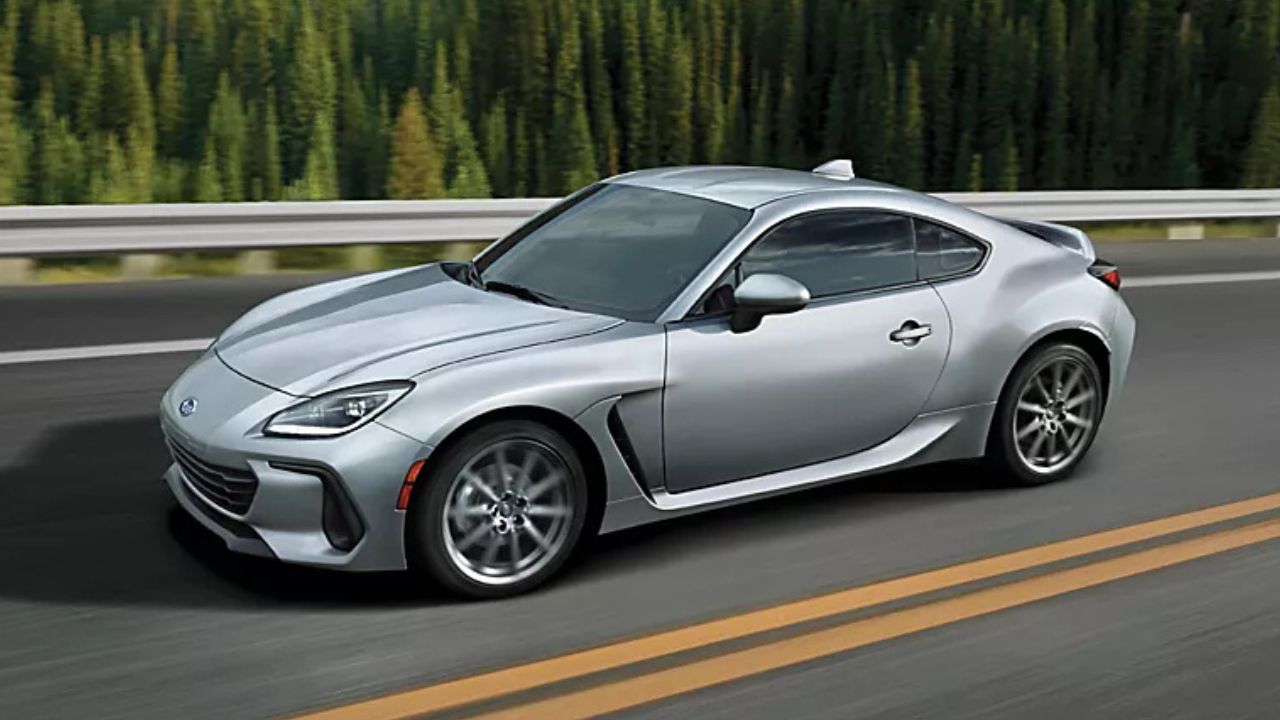
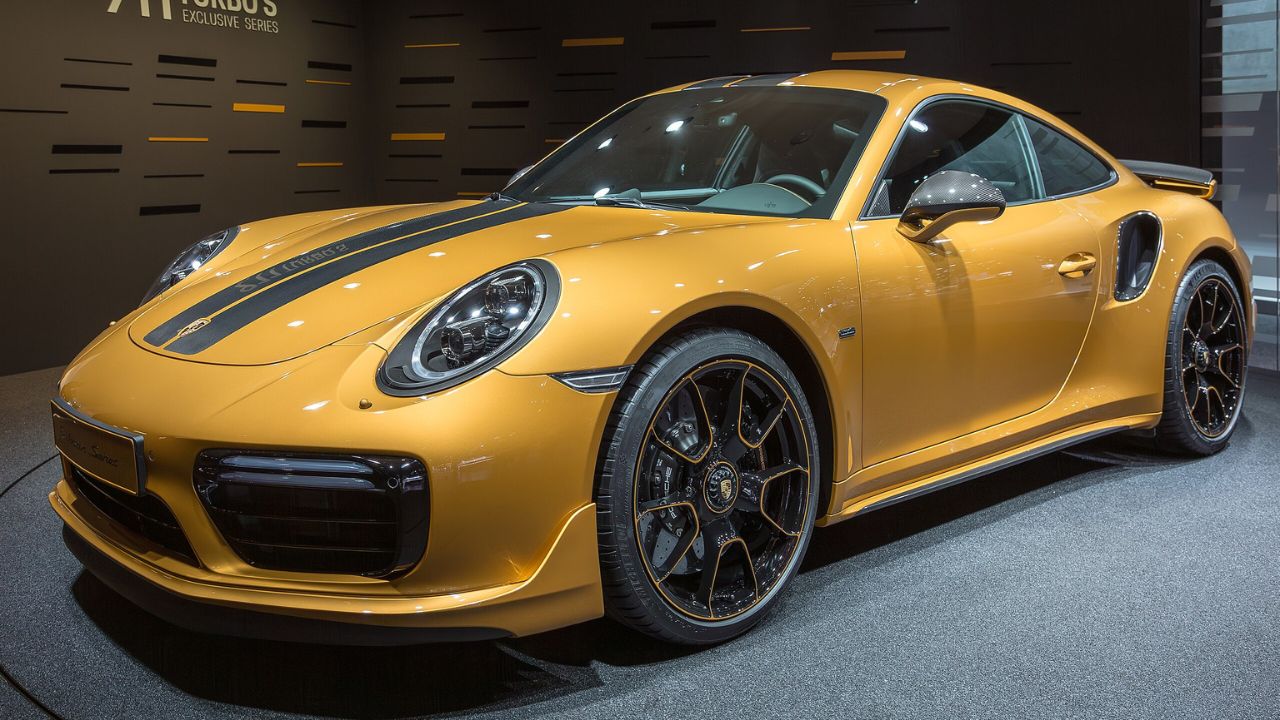
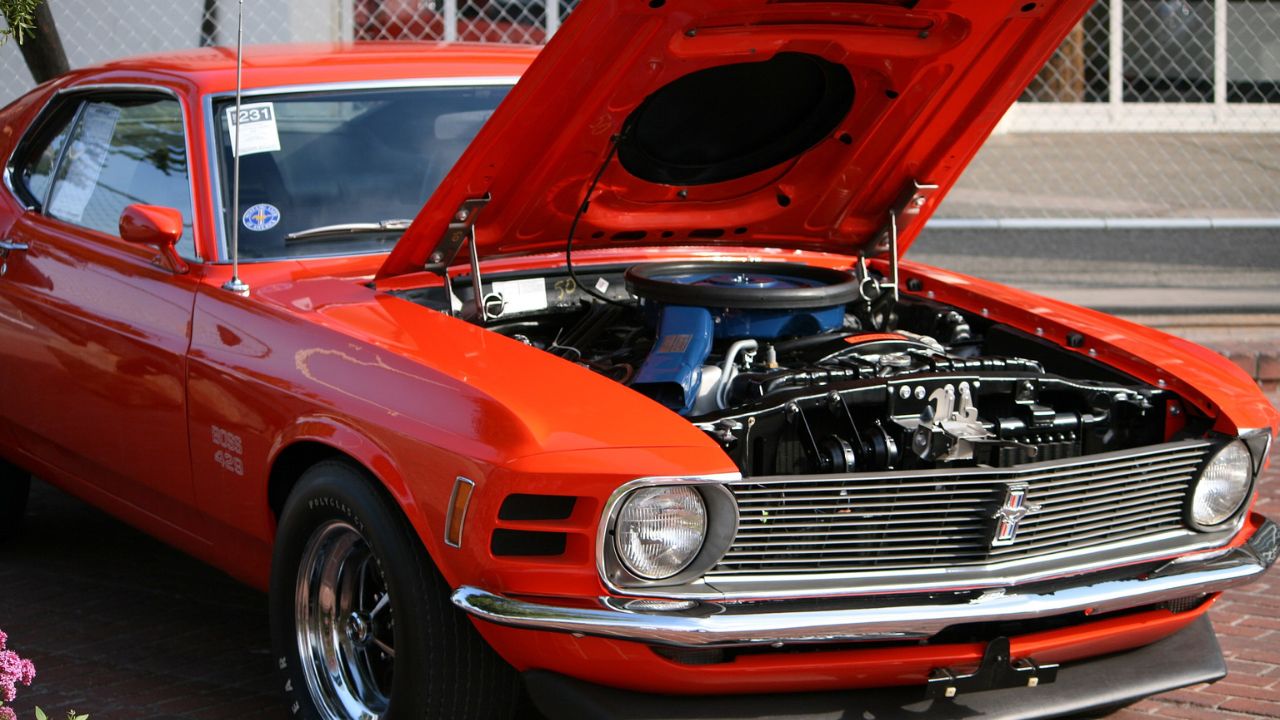
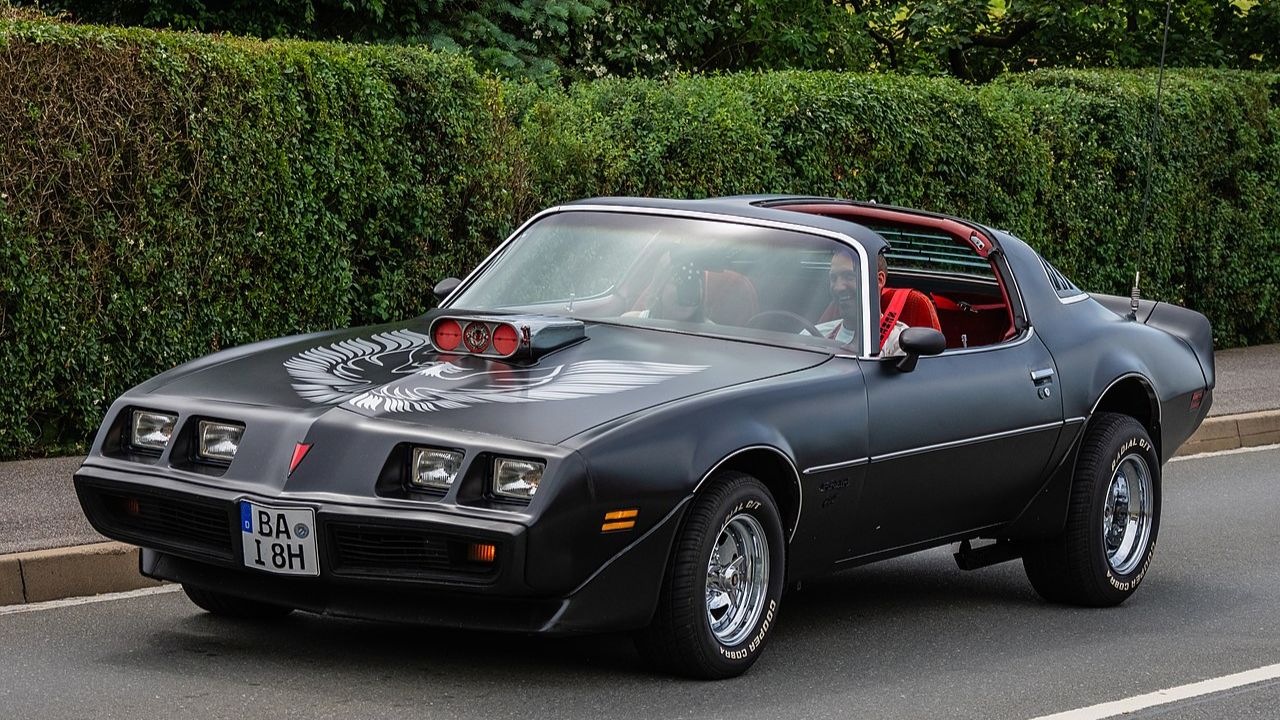
Leave a Reply